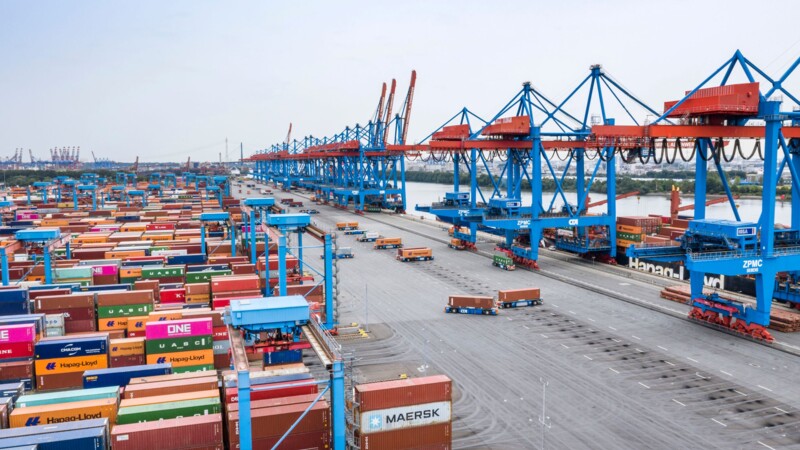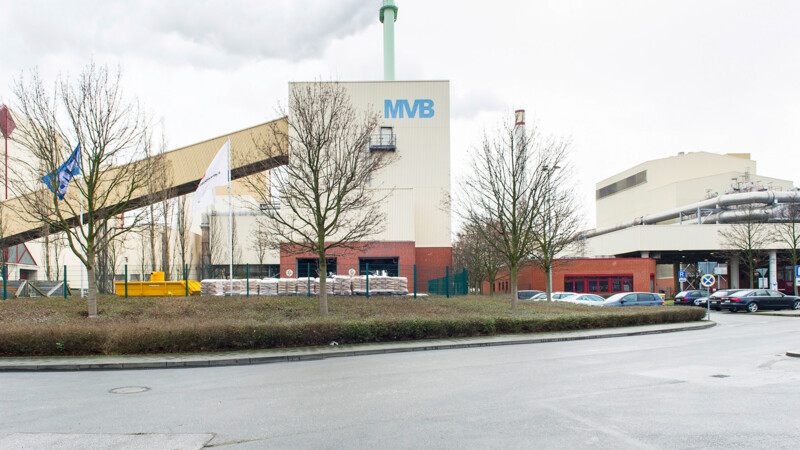Freight wagons and their electric, data and compressed air lines are coupled together automatically and without any heavy physical work. The assembly of freight trains, which is still done manually with screw couplings, will become far more efficient thanks to DAK and will relieve the workload on employees. "We are delighted that we can implement this project together with our strong partners in the consortium. When the digital automatic coupling is introduced throughout Europe, it will be a revolution for freight transport by rail - and an enormous relief for employees," said Sabina Jeschke, DB Board Member for Digitalisation and Technology.
A consortium led by Deutsche Bahn is testing the use of the Digital Automatic Coupler (DAK) in freight wagons after the German Ministry of Transport and Digital Infrastructure awarded a contract worth EUR 13 million to six companies from Austria, Switzerland, France and Germany, a press release said Thursday (July 23, 2020). The "Pilot Project for Demonstration, Testing and Approval of the Digital Automatic Coupler for Rail Freight Traffic", aimed at demonstrating, testing and obtaining regulatory approval for digital automatic coupling, runs from July 2020 to December 2022, according to Port of Hamburg.
Digital automatic coupler improves efficiency
Tests of four prototypes
In a first step, 12 freight and tank wagons by DB Cargo and GATX will be equipped with coupling prototypes from four different manufacturers. Then, initial tests will begin followed by the selection of a coupling type. During the second phase, a demonstrator train consisting of 24 freight wagons will be equipped with the selected coupler type and run in Germany, Switzerland, Austria and other European countries. This will allow DAC to be tested in daily operations in a variety of areas, including marshalling yards. The goal is to prepare the selection of one type of coupler for introduction across Europe. DAC will pave the way towards a fully automated, digitalised rail freight transport system. A co-ordinated approach within Europe will be key to achieving full-scale implementation of the technology.
sm/pb
Sources and further information
More
Similar articles

Hamburger Hochbahn expands low-emission fleet

HHLA using machine learning to raise productivity in Port of Hamburg

Hamburg to become model of digital mobility
